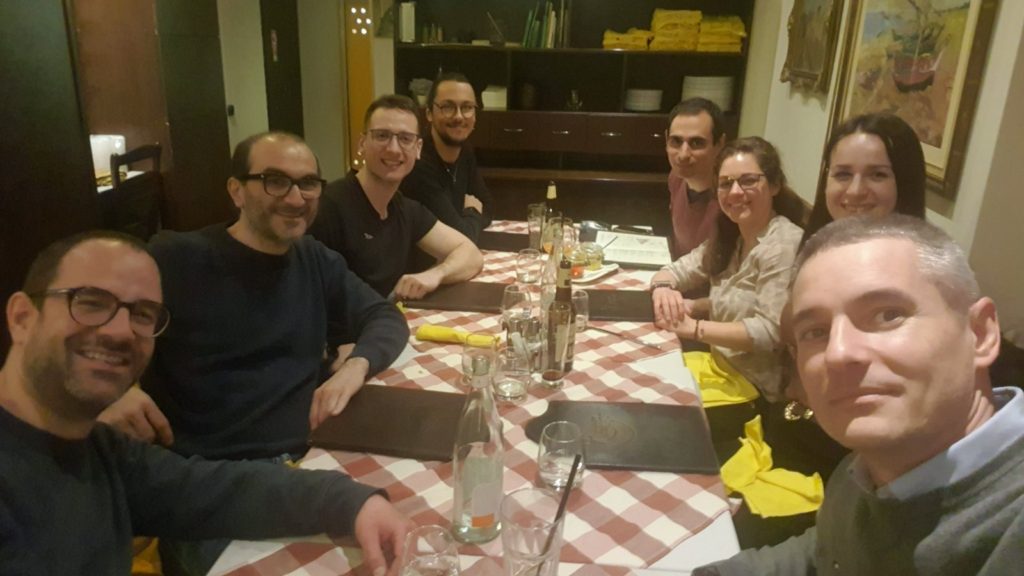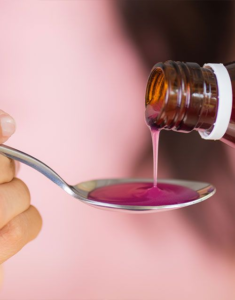Polysaccharide-based nanogels for biomedical applications: A comprehensive review
The biomedical, biotech, and food industries all use polysaccharides as vital biomolecules with a variety of applications. Polysaccharides have great potential as biomaterials, and polysaccharide-based nanogels have attracted a lot of attention as carriers for different bioactive agents due to their unique versatile groups, specifically for site-directed or controlled delivery of the payload and, particularly because of their physicochemical properties, biodegradability, and biocompatibility. The 3D polymer network of NG produced by chemical crosslinking or physical self-assembly may be used to incorporate hydrophilic or hydrophobic molecules, including tiny drugs and proteins, genetic material patterns, and even ultrasmall nanoparticles. In this review, the chemistry of specific common polysaccharides and the various methods used to fabricate polysaccharide-based NG is discussed, with an emphasis on their use NG as drug delivery systems.
FOUAD DAMIRI, Dr.Satish Rojekar, Yahya Bachra, Rajender Varma, Dr. Swetha Andra, Satheesh kumar Balu, Dr. Chandrakantsing Pardeshi, Vijaysing Pardeshi, Hitendra Patel, Ana Cláudia Paiva-Santos, Mohammed Berrada, Mónica Cristina García









